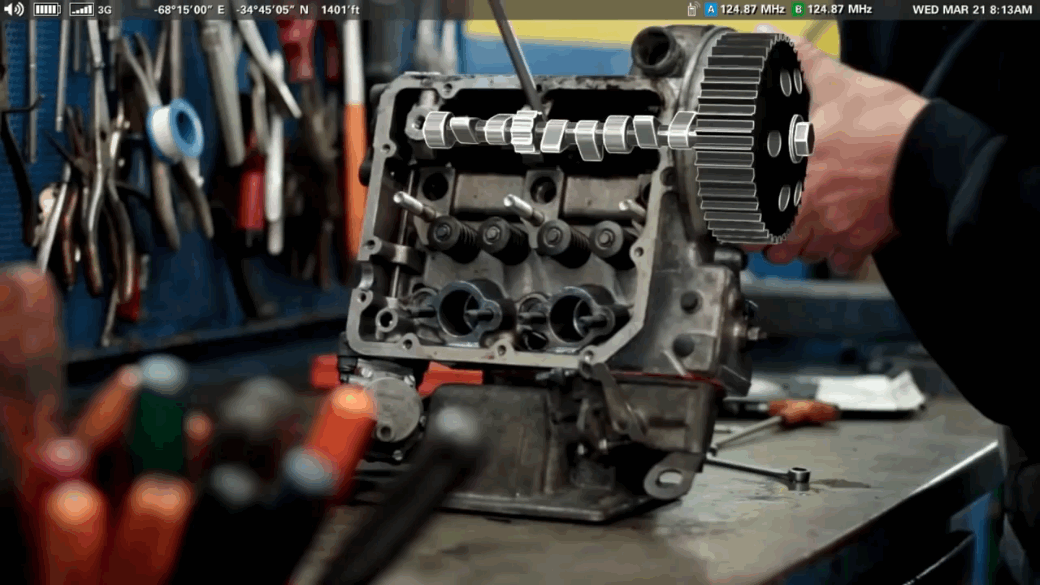Smart gloves and glasses, in tandem with the Industrial Internet, hold the potential to transform how workers interact with machines.
Closing the global gender gap will take another eight decades at this rate. We can’t afford to wait that long.
This is not an article about gender parity. It’s about running a good business and making a better world.
As Europe’s youth search for employment and acquiring the skills of the future, GE Garages provides pop-up learning lab on modern manufacturing.
There’s a lot of buzz — and even more noise and smell — in this room here in the centre of Brussels. Cutting-edge machinery produces colourful, imaginative items, and there are big smiles on the faces of the young designers tooling away at their creations. Operating the high-tech equipment are mostly students, who have come to get hands on with the manufacturing equipment at GE’s Garage in the Belgian capital.
Transformative changes brought on by Big Data, the Internet of Things and the natural gas boom point to a U.S. manufacturing resurgence.
The face of manufacturing in America has undergone more woeful changes than many of us in the industry care to remember. The recent past has been particularly painful, with economic downturns driving manufacturing overseas to take advantage of lower labor costs, and a generally depressed level of manufacturing activity becoming the norm.
CDC leader explains how the Ebola epidemic in West Africa — the largest in history — is reminder of the important connection between health and economic security.
We are on our way to a hydrogen-powered society.
The recent Consumer Electronics Show served as a showroom for the connected car, showing how connectivity taking the auto experience down a similar path paved by the Internet of Things for smart homes and the Industrial Internet for machines.
Connected cars have arrived. That’s one of the main takeaways from the recent Consumer Electronics Show in Las Vegas, with Ford, BMW, Mercedes Benz, Audi and others showing off the latest and greatest features of their newest models.
How technological advances in exploration and production have pushed back the date when oil output will max out, creating an opportunity for the development of alternative energy sources.
With apologies to Stephen Hawking for the title of this blog and an acknowledgement of a recent Wall Street Journal article on the subject, here’s a summary of various predictions of when the world will run out of oil:
It’s barely February, but uncertainty has pervaded the global economy this year. Here’s what’s driving it, and what to expect next.
2015 has kicked off with an unusually high level of uncertainty (unavoidable) and a large dose of confusion (avoidable). The uncertainty is the product of three ongoing structural shifts:
- accelerating technological innovation, disrupting the competitive landscape for industries and countries;














